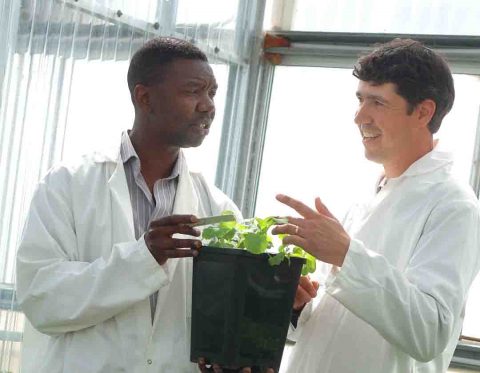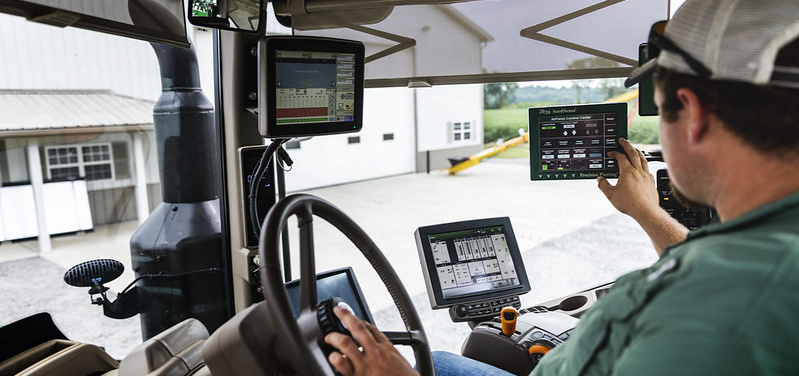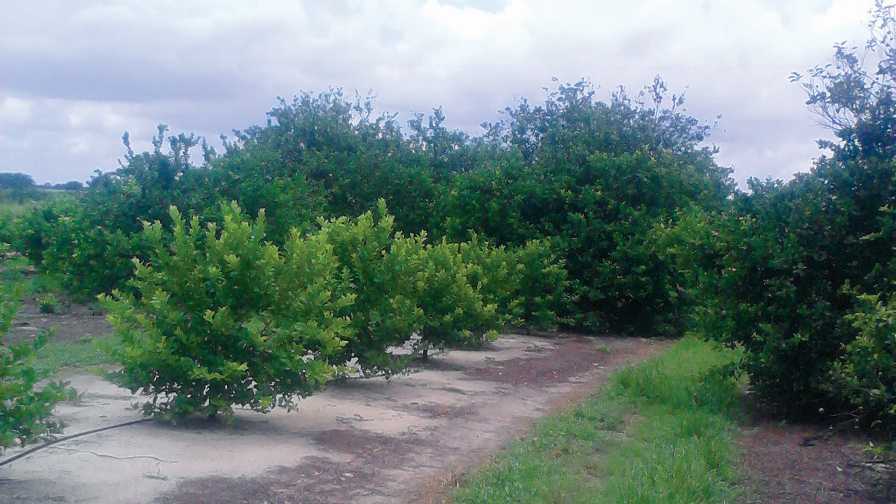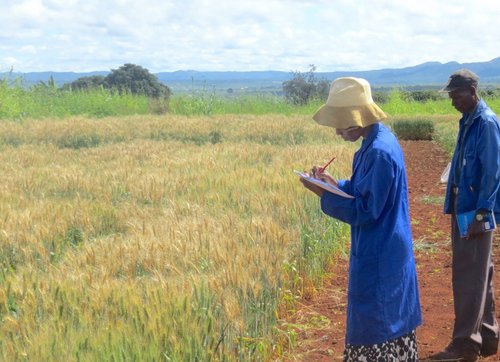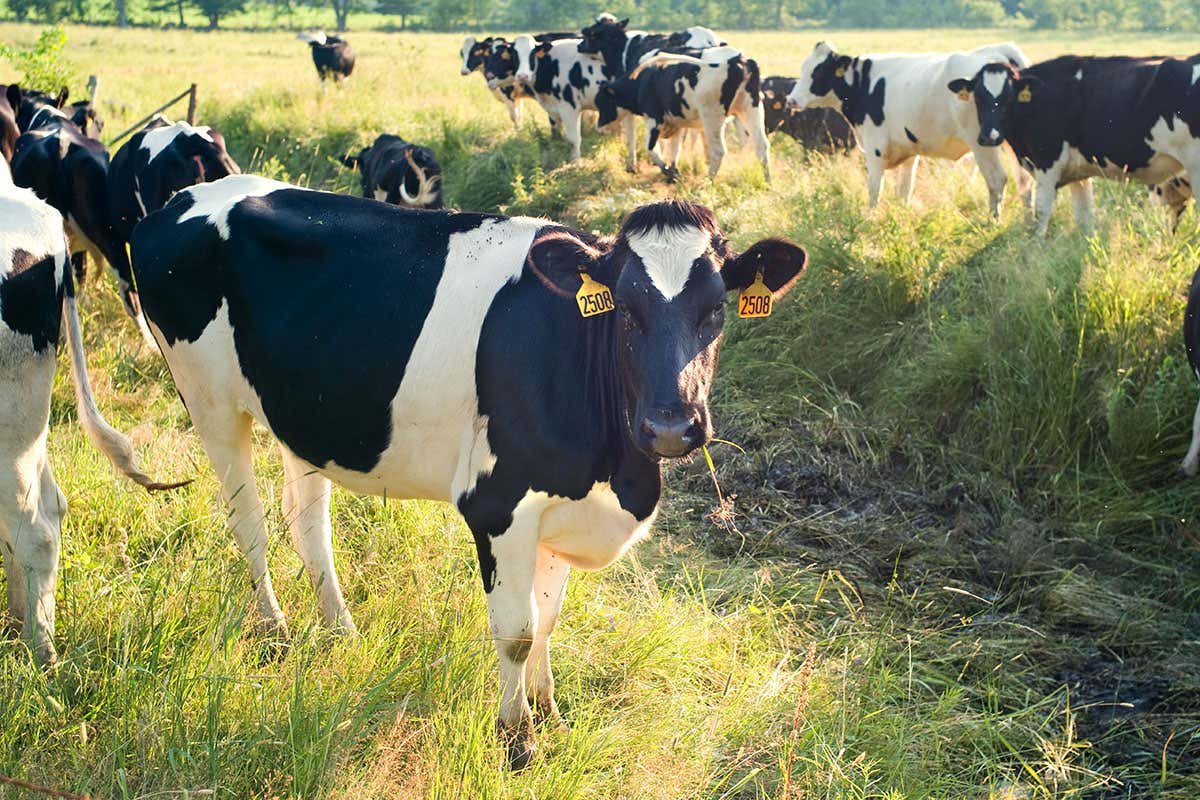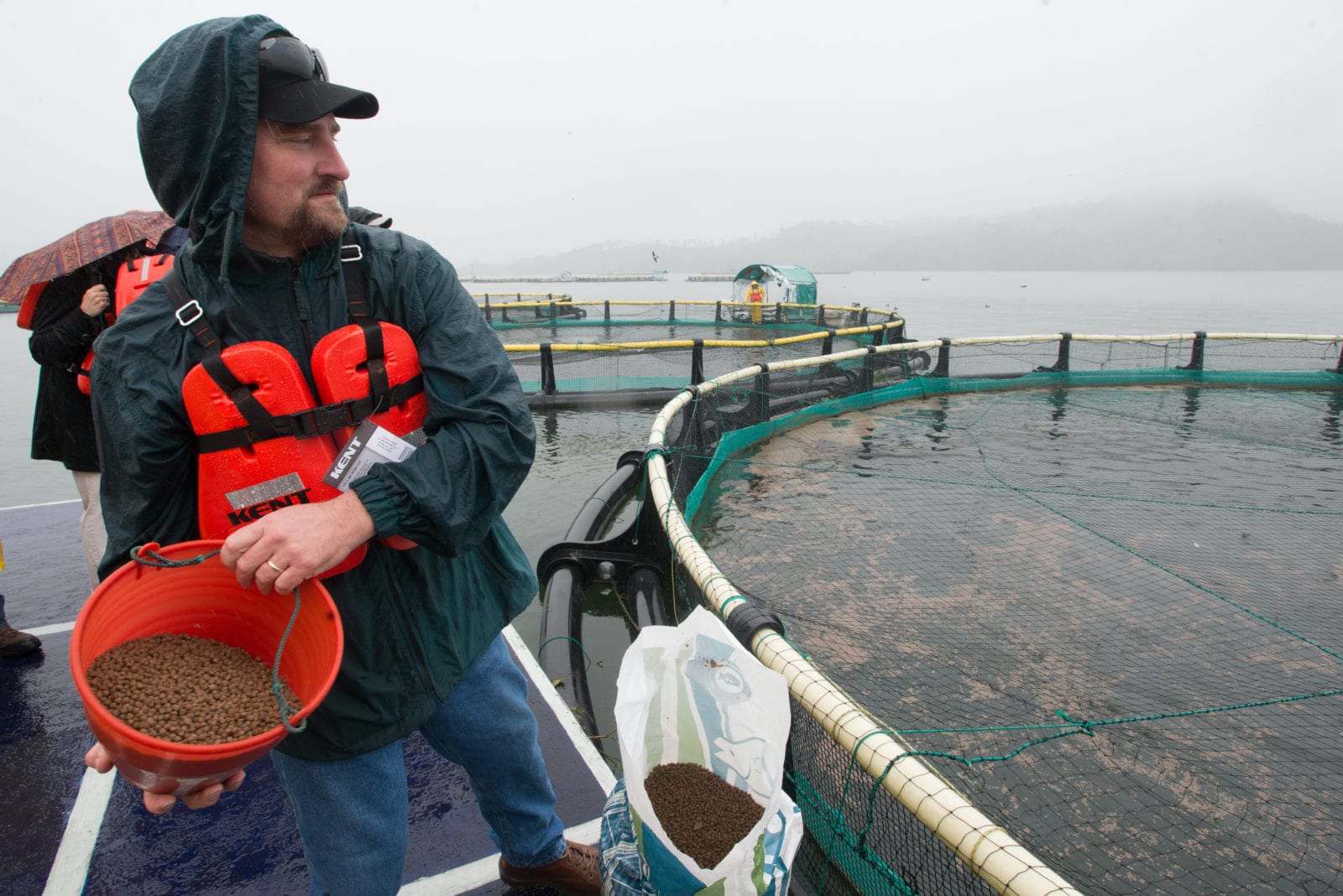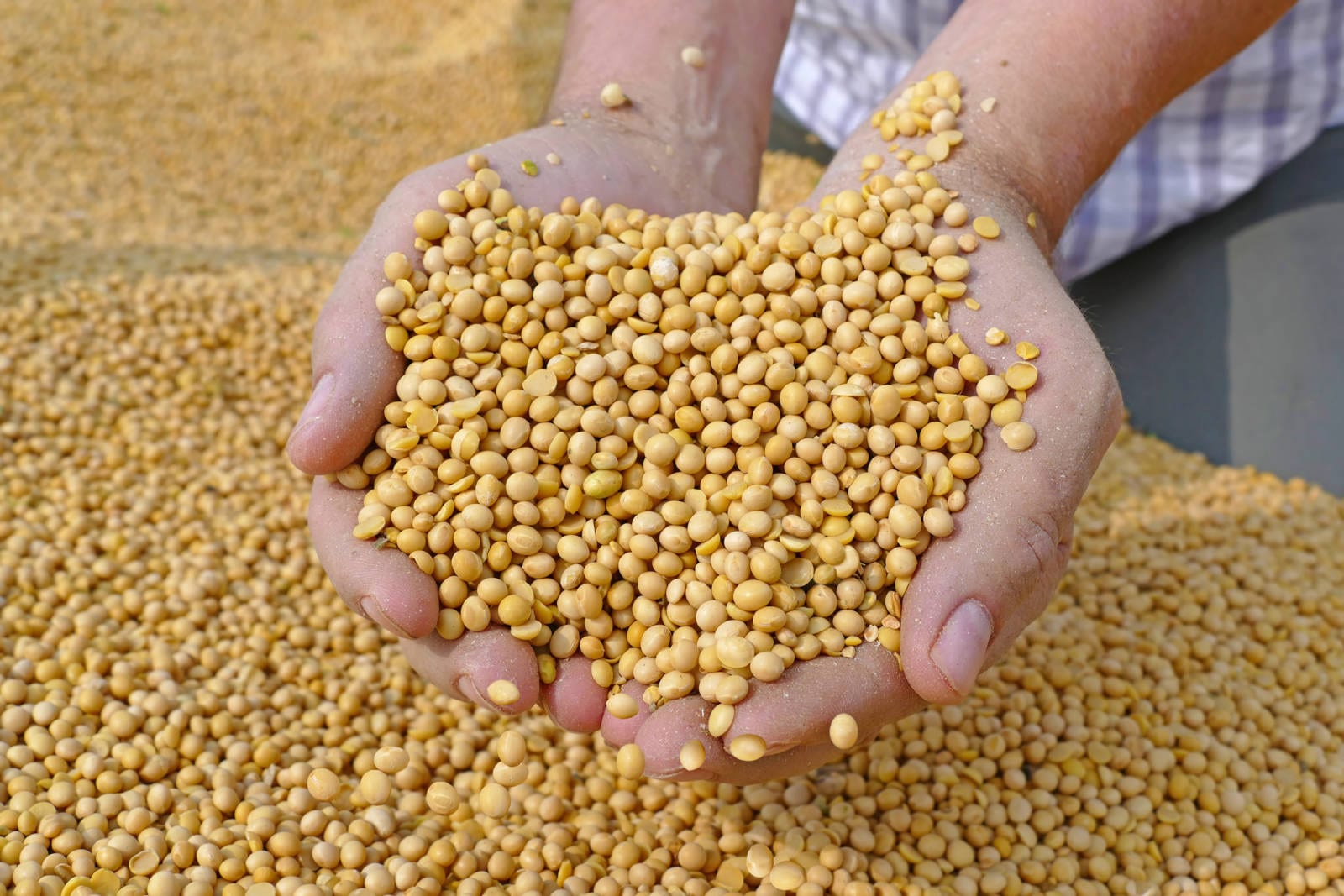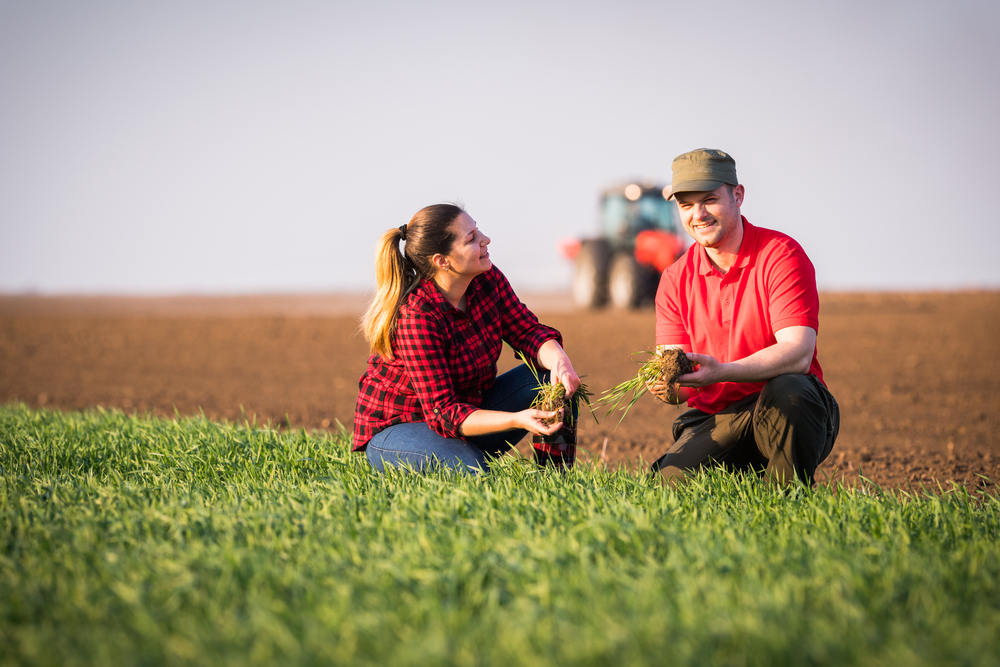 John LaRose Jr.
John LaRose Jr.
Topics: Vegetables, Food/Nutrition, Sustainability, Genes /Genetics, World Hunger,
A plant-based source of omega-3 for human nutrition - Nuseed
Nuseed’s Nutriterra®, is the first plant-based omega-3 rich oil developed specifically for human nutrition and dietary supplement markets.
-
(0)
-
Bookmark
- Comments (0)
 Nancy Kavazanjian
Nancy Kavazanjian
Topics: Soybeans, Sustainability, Ag Innovation,
Soy Innovation Challenge Selects Seven Finalists That Enhance Sustainability and Disrupt the Soy Value Chain
Cohort finalists include FluroSat, Ecosystem Services Market Consortium, Sustainable Open Soy, Soil Metrics, Genesis Feed Technologies, SLUcode and Soy Carboh
-
(1)
-
Bookmark
- Comments (1)
-
(0)
-
Bookmark
- Comments (0)
 Nancy Kavazanjian
Nancy Kavazanjian
Topics: Education U.S. SouthEast, Fruit,
What's up With Growing Lemons in Florida? - Growing Produce
Adventurous producers are still seeking ways to squeeze profit out of this appealing citrus fruit.
-
(1)
-
Bookmark
- Comments (0)
"Nearly every part of our lives depends on this multitrillion-dollar industry," she says, "and it didn't have a data platform."
The Agriculture Industry Didn't Have a Data Platform--So She Created One
Gro Intelligence's software helps power the multitrillion-dollar agriculture industry.
-
(0)
-
Bookmark
- Comments (0)
 John LaRose Jr.
John LaRose Jr.
Topics: Wheat, Economics, Crop Diseases, Fungicides, Ag Africa, Weather,
Wheat blast has made the intercontinental jump to Africa
For the first time, wheat blast, a fast-acting and devastating fungal disease, has been reported on the African continent, according to a new article published by scientists from the Zambian Agricultural Research Institute (ZARI), the International Maize and Wheat Improvement Center (CIMMYT) and the US Department of Agriculture – Foreign Disease Weed Science Research Unit (USDA-ARS)
-
(0)
-
Bookmark
- Comments (0)
10/13/2020 SOURCE: www.newscientist.com
Male dairy calves are worth so little that they are often shot after birth, but beef calves are worth much more. Implanting a beef cattle embryo in a dairy cow could increase profitability and cut greenhouse gas emissions
Implanting beef cattle embryos in dairy cows makes them more lucrative | New Scientist
-
(0)
-
Bookmark
- Comments. (0)
-
(1)
-
Bookmark
- Comments (0)
-
(1)
-
Bookmark
- Comments (0)
 John LaRose Jr.
John LaRose Jr.
Topics: Young Farmers, Sustainability, Ag Europe, World Hunger, World Population,
Young farmers need a toolbox 'as broad as possible' to achieve Farm to Fork goals
Ensuring that food producers will be provided with the appropriate alternatives is the best way to make progress in meeting the specific objectives set up in the new Farm to Fork strategy (F2F), according to young European farmers interviewed by EURACTIV.
-
(1)
-
Bookmark
- Comments (0)


